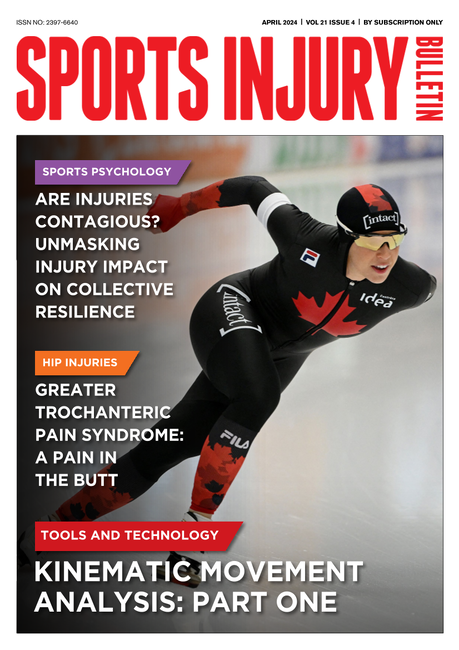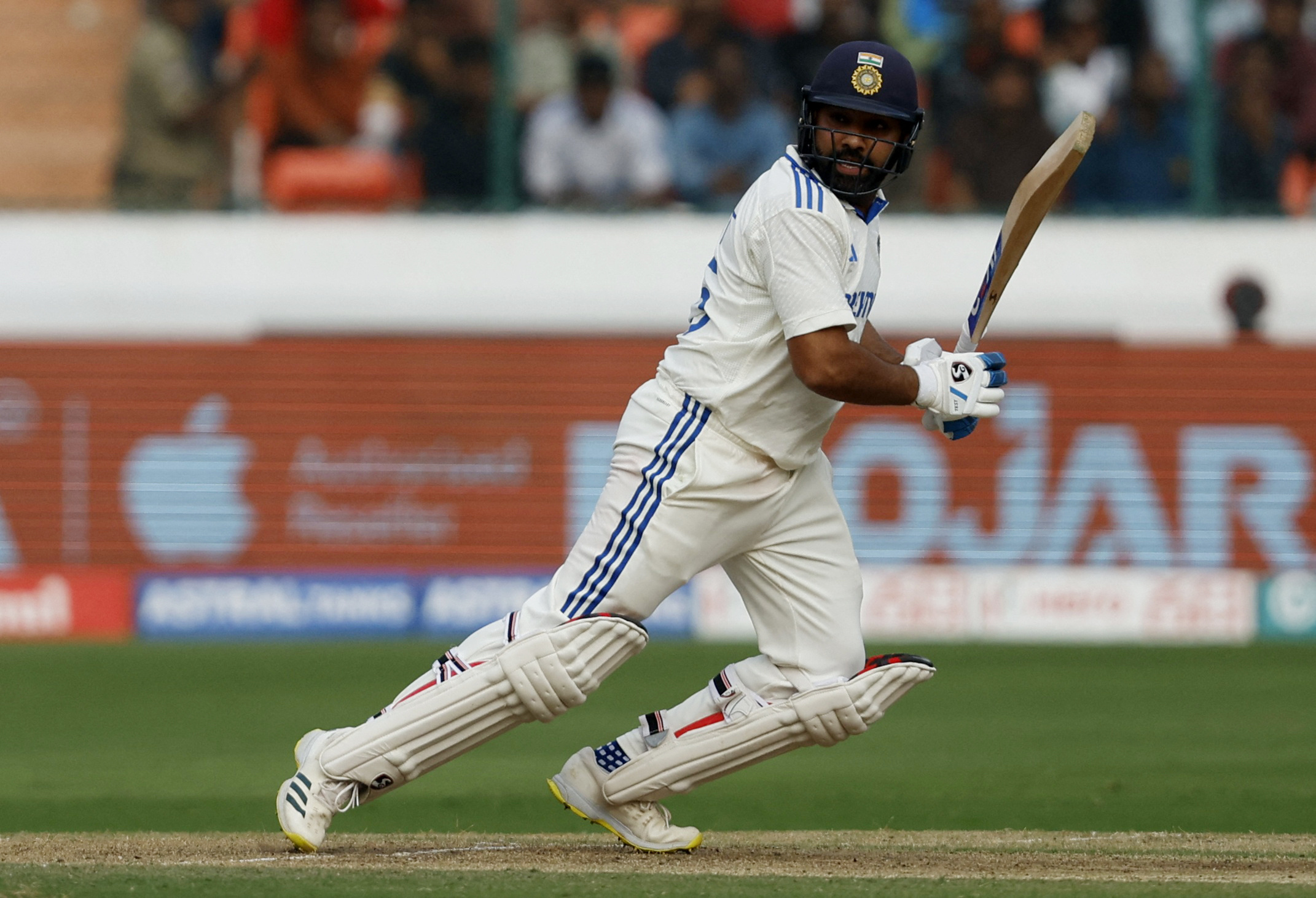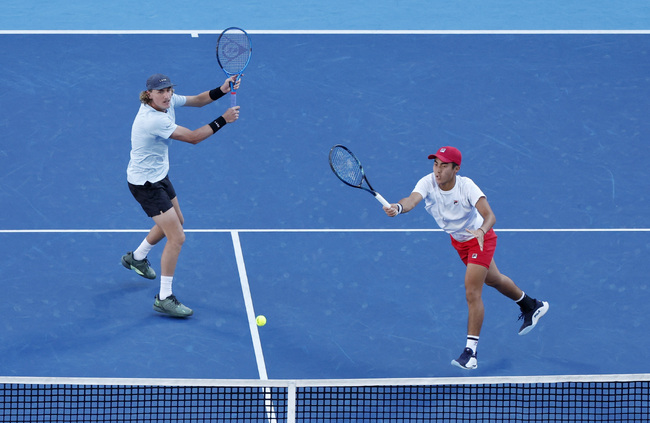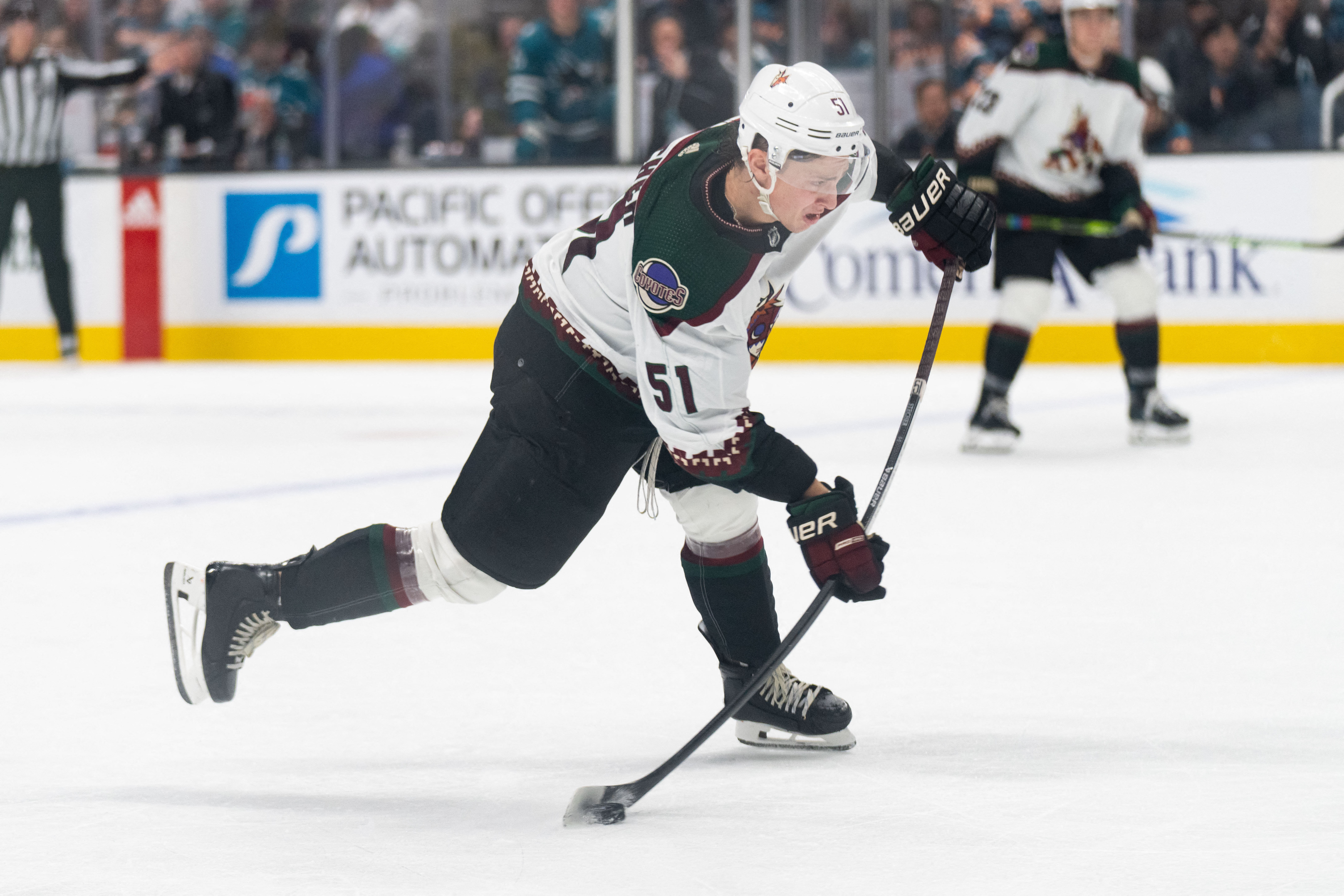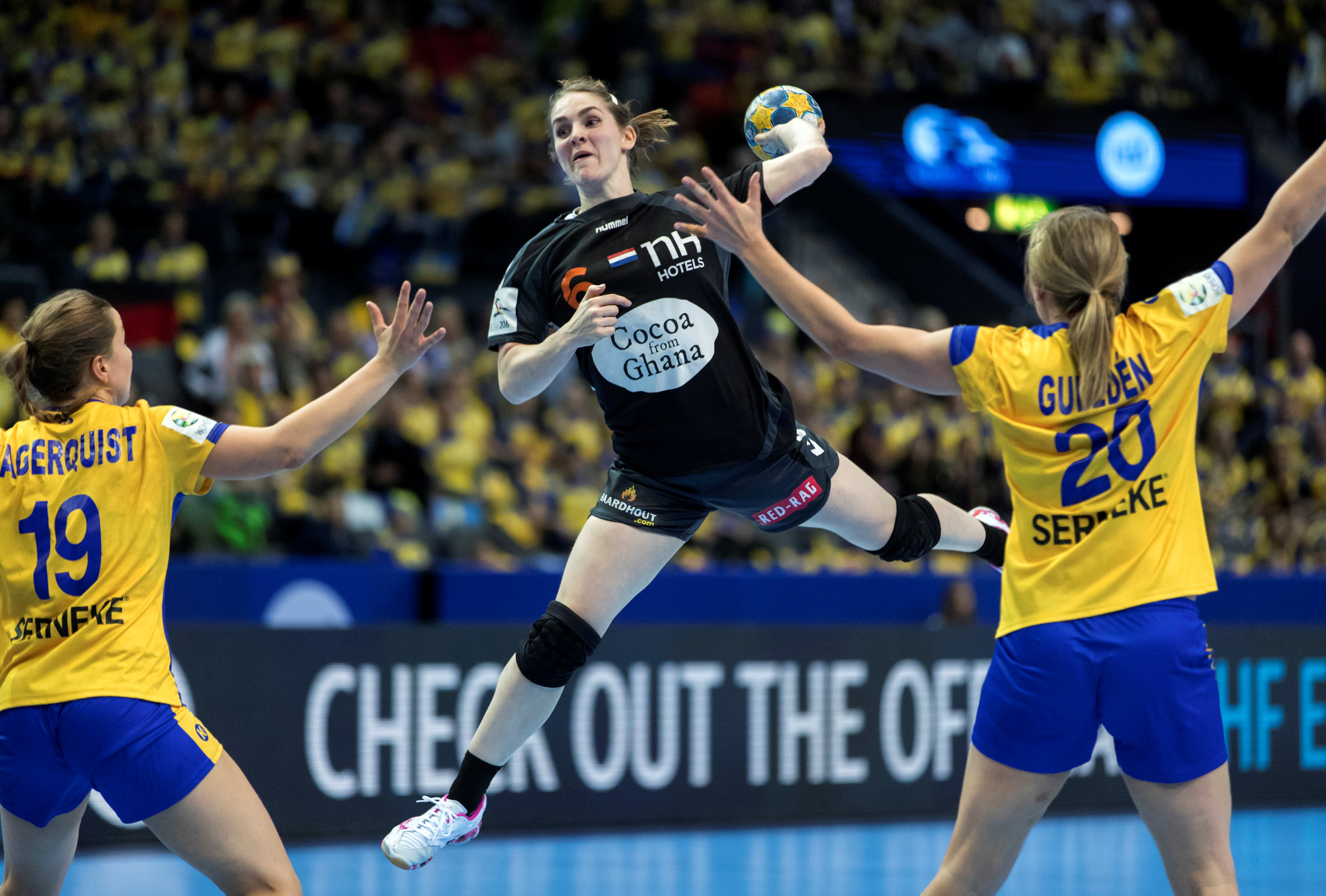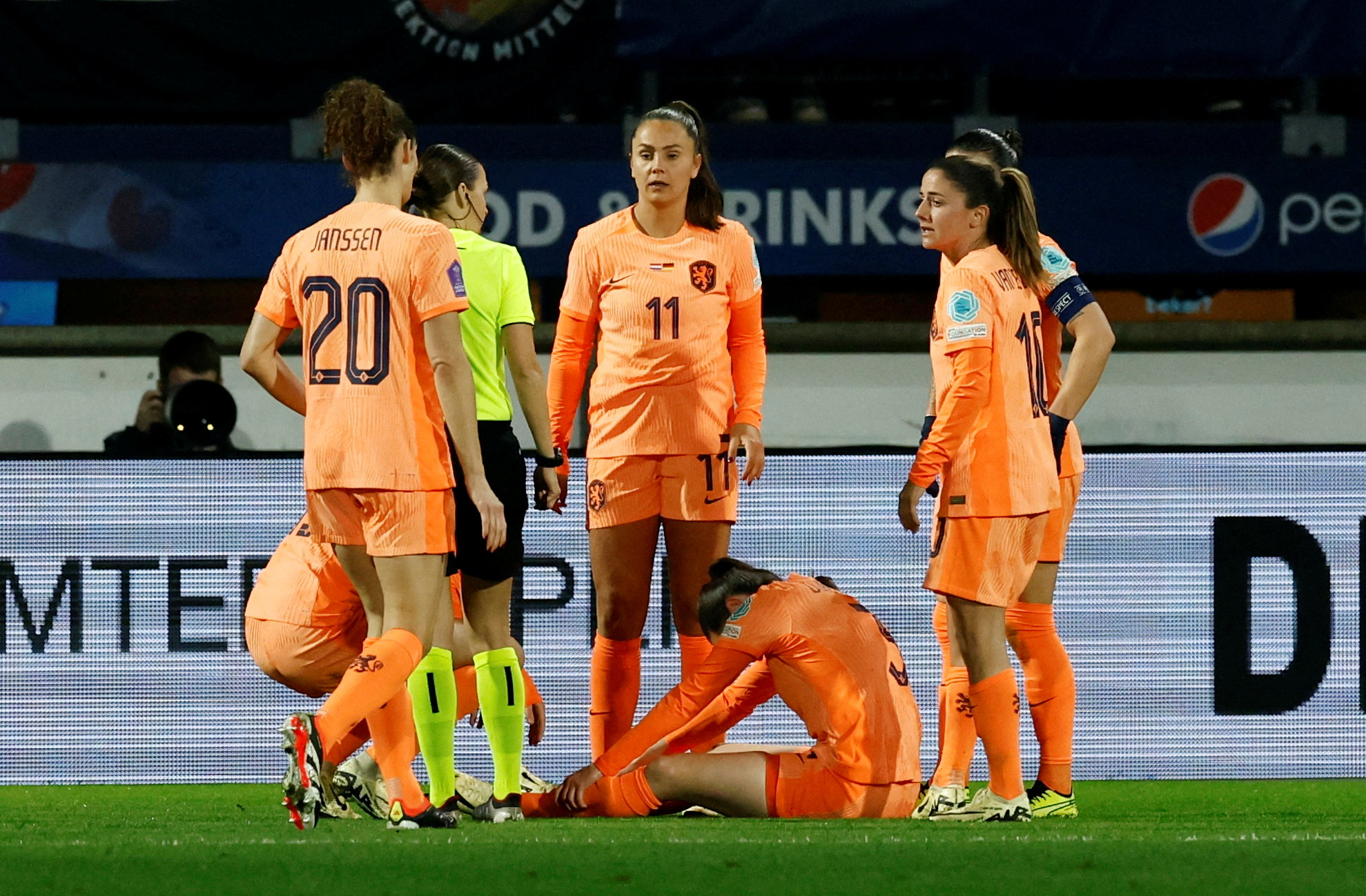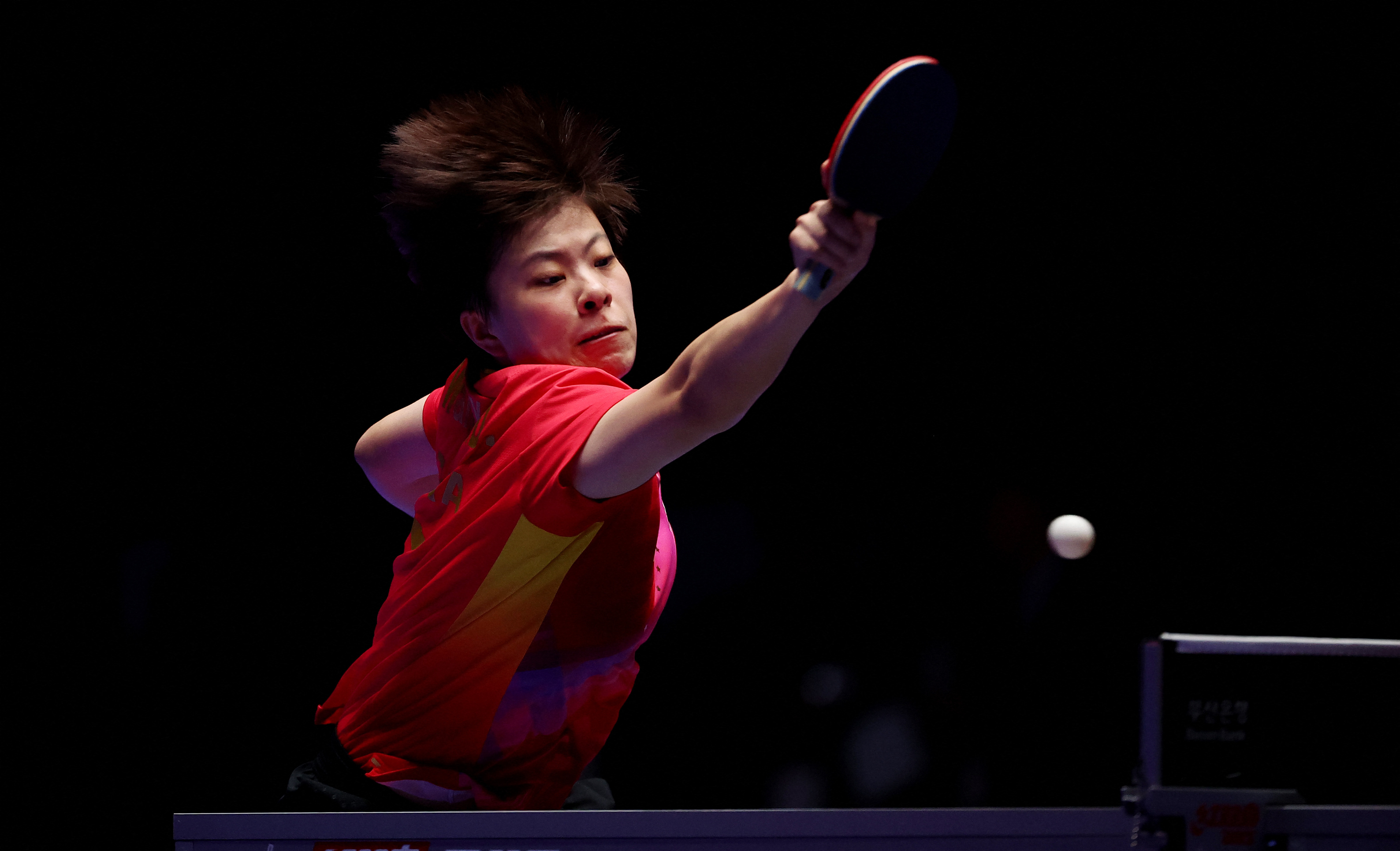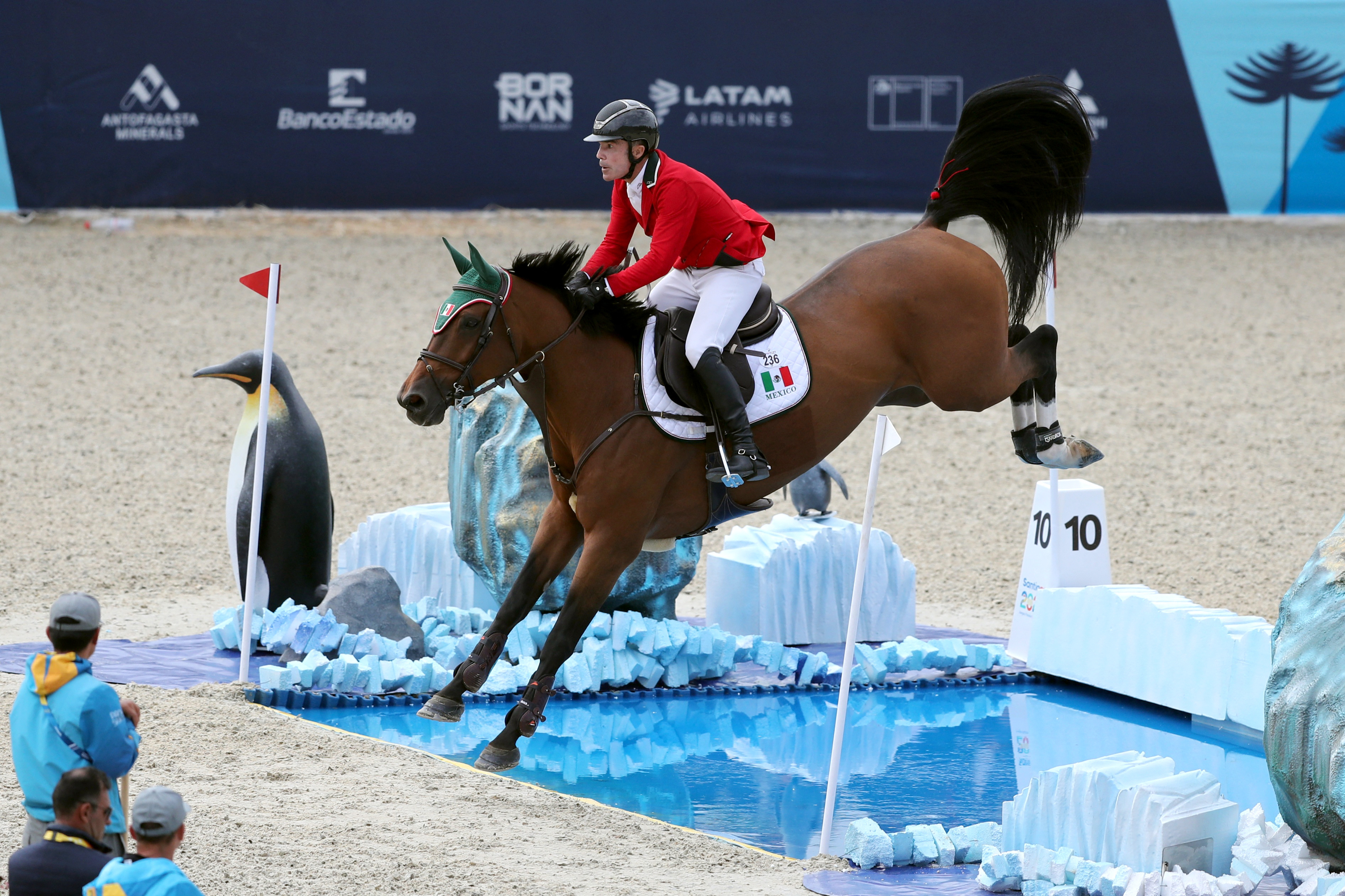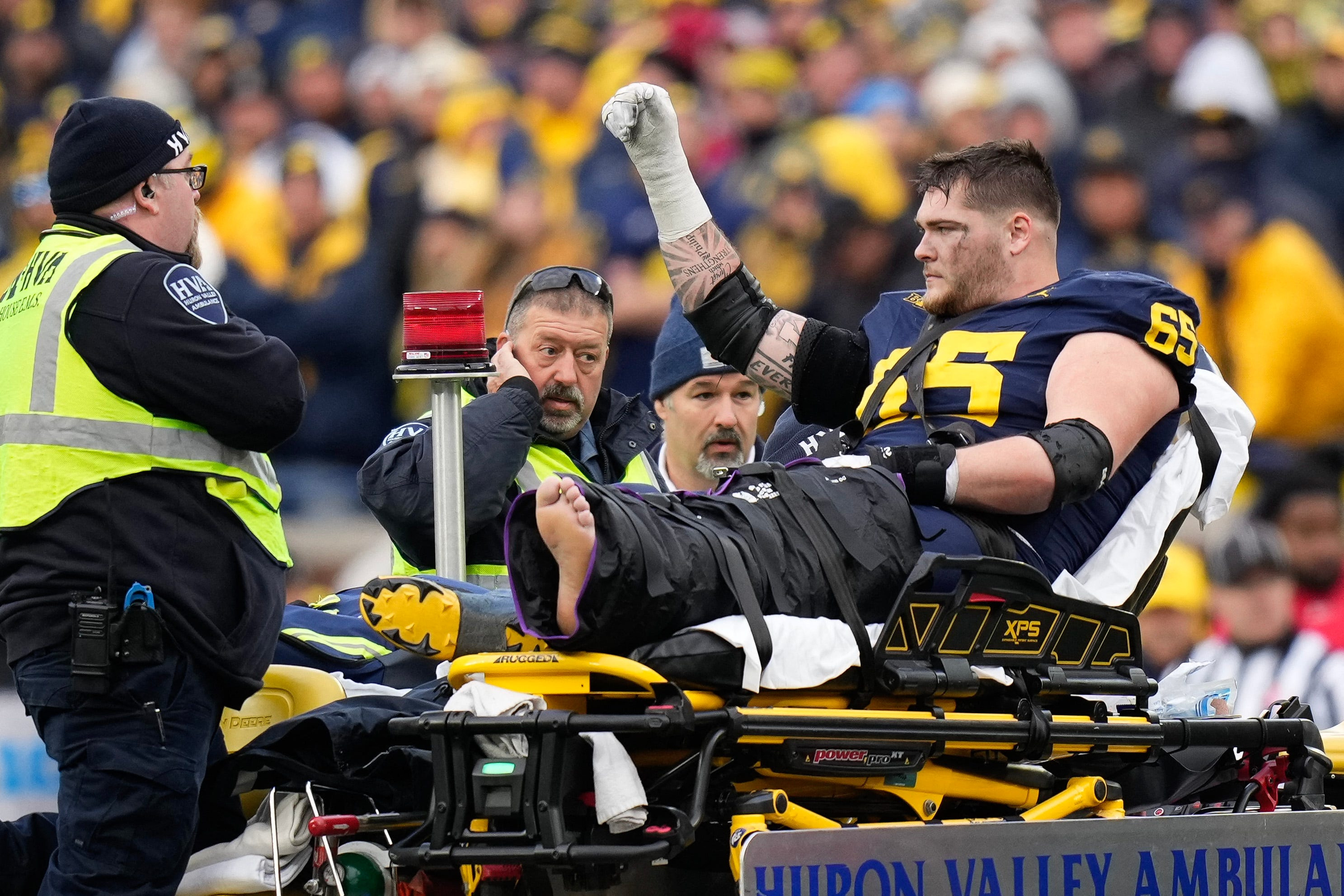NSAIDs: the magic pill for managing tendinopathy?
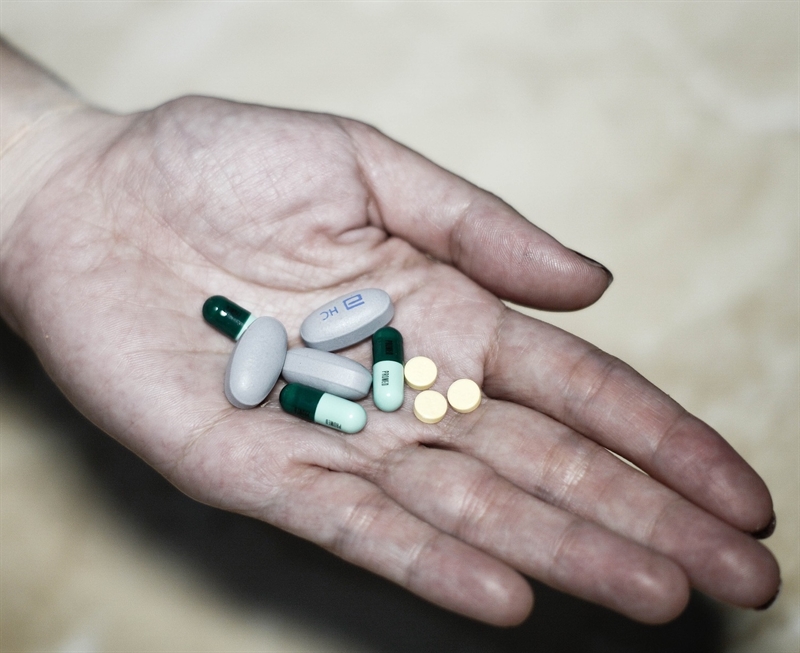
The natural tendency for many athletes in the acute stage of tendon injury is to manage the pain and possible swelling with non-steroidal anti-inflammatory (NSAIDs) medications. But is this the best approach? Andy Hamilton, editor of Peak Performance and frequent contributor to Sports Injury Bulletin, examines the role of NSAIDs in healing from injury here. As we know from my explanation of tendinopathy here, inflammation, along with degeneration, contributes to tendinopathy. Andy explains that the inflammatory cascade serves a role in healing the injured tissue and inhibiting it with NSAIDs may not promote recovery. Furthermore, NSAID use is not without risk. Gastrointestinal (GI) consequences are common and dangerous. Andy summarises a large UK study that shows the risk of GI bleed and death increases with age (see table 1). With NSAIDs easily obtained over-the-counter, athletes may underestimate the potency of this drug.
| Age range (years) | Chance of GI bleed in any one year due to NSAID use | Chance of dying from GI bleed in any one year due to NSAID use |
|---|---|---|
| 16-45 | 2,100 | 12,353 |
| 45-64 | 646 | 3,800 |
| 65-74 | 570 | 3,353 |
| ‰¥ 75 | 110 | 647 |
Some of the frustration with tendinopathy rehabilitation, as evidenced by a question submitted from one of our subscribers this week, is that it takes so long. Remember, significant healing within the tendon takes at least 12 weeks. That three-month time period may be at the pinnacle of an athlete’s competitive season. No athlete wants to sit out because of a niggling tendon. Once again, the athlete may rely on NSAIDs to mask the pain and go on about their training. As Andy shows, this behaviour, possibly endorsed by coaches, trainers, and therapists, could not only impede tendon healing, but also endanger an athlete’s health.
Whether in the acute stage of injury or the more chronic stage of rehabilitation, NSAIDs should be used judiciously. The best way to steer athletes away from its use is to manage expectations. Asses the athlete’s goals and lay out a clear strategy and explicit time line for progressive healing and strengthening. Active treatment using load management to heal the tendon, as described in Tracy Ward’s article here, and cross training that eliminates further strain on the tendon but allows the athlete to stay fit, will help them feel they are actively ‘doing something’ to both heal and improve performance.
You need to be logged in to continue reading.
Please register for limited access or take a 30-day risk-free trial of Sports Injury Bulletin to experience the full benefits of a subscription.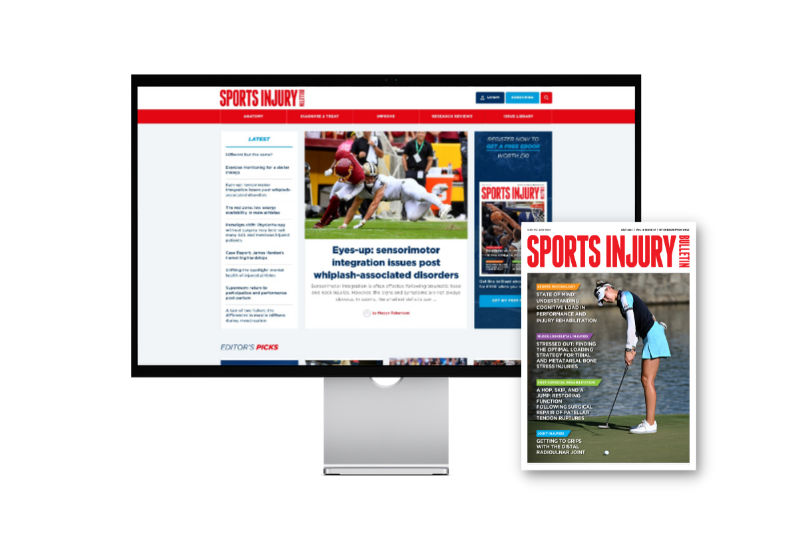 TAKE A RISK-FREE TRIAL
TAKE A RISK-FREE TRIAL
Newsletter Sign Up
Subscriber Testimonials
Dr. Alexandra Fandetti-Robin, Back & Body Chiropractic
Elspeth Cowell MSCh DpodM SRCh HCPC reg
William Hunter, Nuffield Health
Newsletter Sign Up
Coaches Testimonials
Dr. Alexandra Fandetti-Robin, Back & Body Chiropractic
Elspeth Cowell MSCh DpodM SRCh HCPC reg
William Hunter, Nuffield Health
Be at the leading edge of sports injury management
Our international team of qualified experts (see above) spend hours poring over scores of technical journals and medical papers that even the most interested professionals don't have time to read.
For 17 years, we've helped hard-working physiotherapists and sports professionals like you, overwhelmed by the vast amount of new research, bring science to their treatment. Sports Injury Bulletin is the ideal resource for practitioners too busy to cull through all the monthly journals to find meaningful and applicable studies.
*includes 3 coaching manuals
Get Inspired
All the latest techniques and approaches
Sports Injury Bulletin brings together a worldwide panel of experts – including physiotherapists, doctors, researchers and sports scientists. Together we deliver everything you need to help your clients avoid – or recover as quickly as possible from – injuries.
We strip away the scientific jargon and deliver you easy-to-follow training exercises, nutrition tips, psychological strategies and recovery programmes and exercises in plain English.


